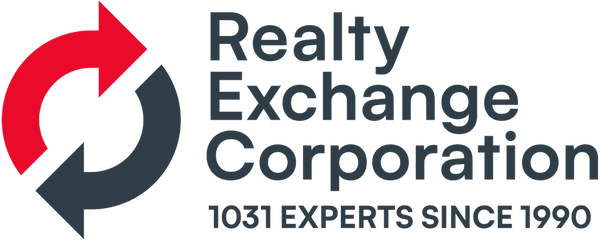Residential Landlord use of Bonus Depreciation
A residential landlord should understand and use this tax benefit. To avoid a government shutdown the Congress passed in December 2015 what is commonly called the “extenders bill’ – Protecting Americans from Tax Hikes Act of 2015 (Path Act). In addition to extending many tax provisions the law extended ‘bonus depreciation’ and Section 179 expensing.
We normally do not consider ‘bonus depreciation’ for residential rental property. A leading NOLO tax deduction guide states:
“However, landlords may use bonus depreciation when they purchase new personal property and place it in service for their rental activity … This includes appliances, carpeting, and blinds purchased for rental units; and office furniture, computers, and other equipment used in landlord offices. It is also available for new depreciable land improvements such as swimming pools and driveways. Bonus depreciation doesn’t take the place of regular depreciation. Instead you get it in addition to regular “depreciation.”
To qualify for bonus depreciation the property must be NEW and have a useful life of 20 years or less. Only new property is eligible for bonus depreciation, used property is not eligible. Unlike Section 179 expensing landlords/taxpayers do not need net income to take bonus depreciation deductions. The new law provides 50% bonus depreciation for the tax years 2015 thru 2017, then drops to 40% for 2018 and 30% for 2019.
Example: An exchanger buys a replacement property at the shore for vacation rental. He then decides to put in a new swimming pool. The pool cost $50,000 and is placed in service in 2017.
| Cost | $50,000 |
| Less 50% Bonus Depreciation | -$25,000 |
| Remaining pool depreciation = | $25,000 |
| Annual pool depreciation | $1,666 |
| ($25,000 / 15 year period) | |
| Total 2017 Deduction for pool depreciation | $26,666 |
1 Fishman, Stephen, Every Landlord’s Tax Deduction Guide , NOLO
